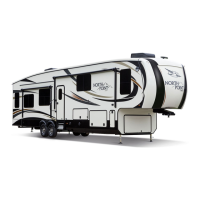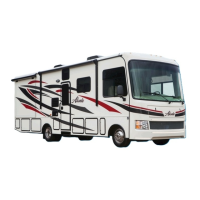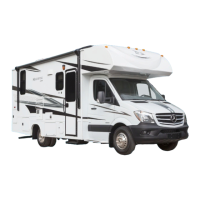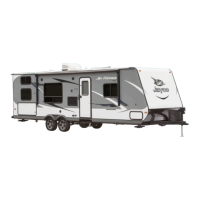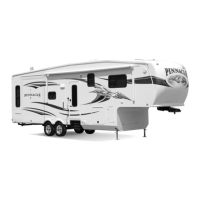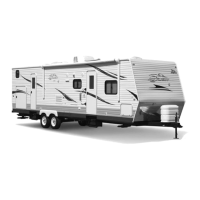21
occupant Safety
Fire Extinguisher
Fire extinguishers are classied and rated by re type, A, B and C. These classications
identify the kinds of res or burning materials they are designed to ght.
Class A - Solid materials such as wood, paper, cloth, rubber and some plastics.
Class B - Liquids such as grease, cooking oils, gasoline, kerosene or other
ammable liquids.
Class C - Electrical such as electrical wires or other live electrical equipment.
A dry chemical re extinguisher has been installed by the entrance door. It is suitable for
extinguishing small res of the Class B or C type only.
We suggest you become thoroughly familiar with the operating instructions displayed on the
side of the re extinguisher.
Inspection and maintenance
Read and follow all instructions on the label and user’s manual provided by the re
extinguisher manufacturer.
Inspect the extinguisher at least once a week (more frequently if it is exposed to weather
or possible tampering). This should also be done before beginning a vacation or during
an extended trip.
Do not turn the electrical power back on or plug in any appliances after the use
of a re extinguisher. Please refer to the re extinguisher’s user manual for
further instructions on maintenance and clean up.
Do not check the pressure, test or practice using the re extinguisher by
squeezing the trigger, even briey. The re extinguisher is not rechargeable
or rellable. Once used, it will gradually lose pressure and will not be fully
charged for use in an emergency.
NOTE: For information on how to use your re extinguisher, refer to
the re extinguisher user’s manual provided by the re extinguisher
manufacturer.
Smoke Alarm
Some of the most common re safety issues are burning candles, smoking in bed, leaving
children unattended and cleaning with ammable uids. The smoke detector is intended to
help reduce those risks.
Your vehicle is equipped with a smoke alarm that is listed for use in Recreation Vehicles.
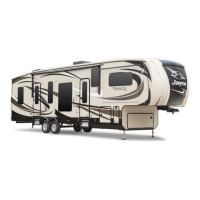
